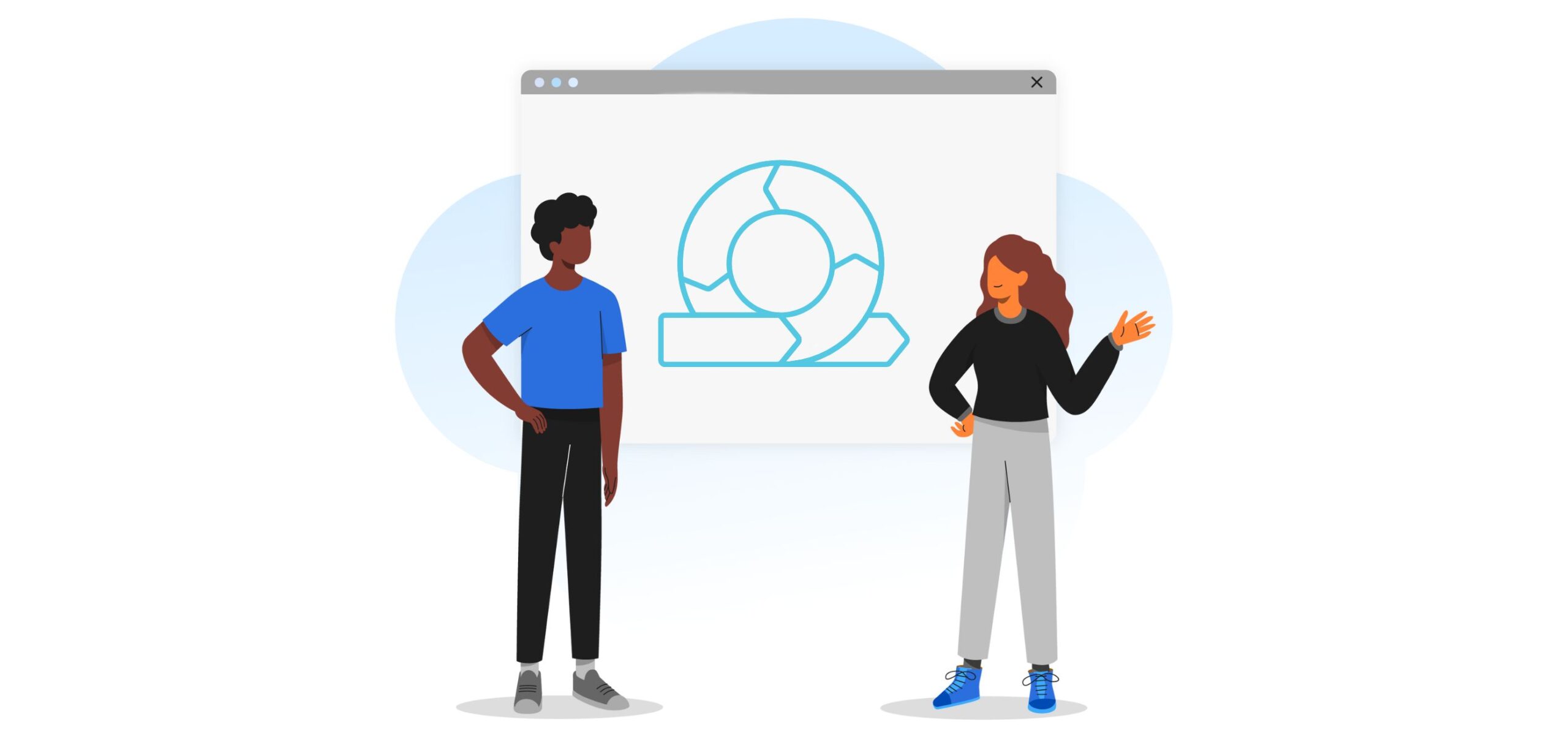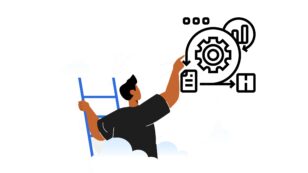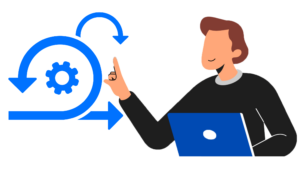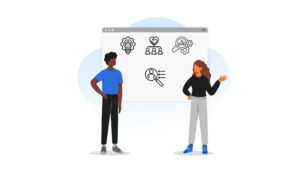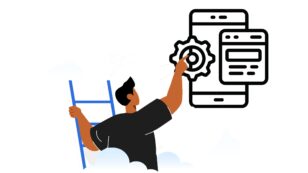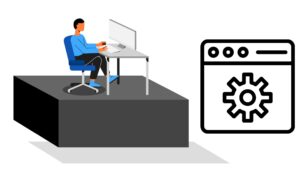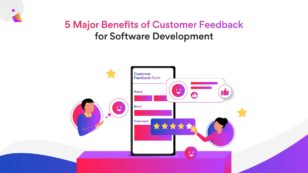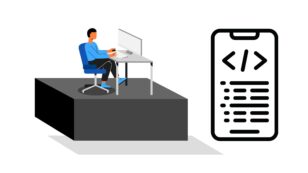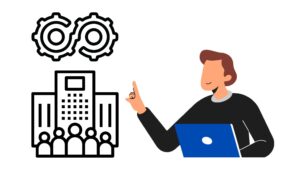Agile Software Development Lifecycle Phases Explained
Customer demands are rapidly changing. However, Agile software development fulfills these demands through an iterative approach to technology design and development. The Agile methodology gives structure to an otherwise fluid and flexible technique of getting a working product out of the door.
What is Agile software development?
In the Agile software development process, teams work in sprints, usually one to three weeks long, rather than delivering a finished product after the development lifecycle. Teams collaborate and provide feedback on the work in progress during these sprints. This consistent communication allows teams to adapt to changing business and user needs, resulting in higher-quality software solutions.
Agile software development methodology involves six stages known as Agile phases. Let’s take a look at each of them.
Software development life cycle stage 1: Concept
Determine the scope of the project in this step. The project manager will prioritize the most critical tasks if there are many. Next, the product owner will meet with the client to discuss primary needs and develop documentation outlining them, including features and expected outcomes for the project.
The product owner will also estimate the duration and cost of future projects during the concept stage. This in-depth research will assist them in determining whether a project is feasible before beginning work.
Keep the requirements as simple as possible in this phase because you typically expand them later.
Software development life cycle stage 2: Inception
It’s time to assemble the software development team after defining the concept
The product owner will verify the availability of their colleagues, select the most qualified individuals for the project, and provide them with the required tools and resources for the same. The design process can then begin.
Now, the team will design a user interface mock-up and lay down the project architecture. The inception stage entails obtaining further feedback from stakeholders to flesh out the requirements through a diagram and identify the product’s functionality. Regular check-ins will ensure accounting for all requirements during the design phase.
Agile software development life cycle stage 3: Iteration
The iteration phase, often known as the building phase, comes next. It is usually the most prolonged phase because most of the development work takes place during this stage. Developers will collaborate with UX designers to combine all product criteria and consumer feedback before finalizing the design.
By the end of the first iteration or sprint, the goal is to build the product’s basic functionality. After that, later editions can include more features and modifications. This stage is critical to Agile software development since it allows developers to quickly build working software and make adjustments to meet the client’s needs.
Software development life cycle stage 4: Release
At this stage, the product is on the verge of release. Here, the quality assurance team must do several tests to ensure that the software is completely functional. First, the team members will test the system so that the code is good for release. Most importantly, if testers find any potential bugs, the developers will look into them as soon as possible.
This phase will also include user training, which will necessitate more documentation. When all of this is finished, the final iteration of the product goes into production.
Agile software development life cycle stage 5: Maintenance
As a part of this step, the software development team will give ongoing support to ensure that the system runs properly and resolves any new defect. The team will also provide users with further training and verify they understand how to use the product. Developers can create new iterations over time to update the product with advanced features.
Software development life cycle stage 6: Retirement
A product enters the retirement phase for two reasons: 1. New software replaces it. 2. The system has grown obsolete or incompatible with the organization over time. In this phase, the software development team will first notify the users that are decommissioning the software. Then, if the company finds a replacement, users will move to the new system. Finally, the developers will complete any outstanding end-of-life tasks and discontinue support for the existing product.
There are several iterations in each phase of the Agile software development life cycle to polish deliverables and provide excellent results. Here’s how this iteration workflow works:
The Agile iteration workflow
Iterations in Agile are typically two to four weeks long, with a deadline at the end. The Agile iteration workflow consists of five steps:
- Plan requirements
- Develop product
- Test software
- Deliver iteration
- Incorporate feedback
These iterations are, in essence, incremental cycles within the larger Agile software development life cycle.
The Agile life cycle is a critical structural model for software development teams, allowing them to stay on track from conception until retirement. Team members require access to the proper resources and tools, including an Agile project management platform, to support all activities in the Agile phases.
Summing Up
Agile’s biggest strength is its ability to grow throughout the development process. As a result, you will deliver a significantly superior software product by the end of the Agile cycle.
Remember, there are no hard and fast rules. The Agile software development life cycle outlined above is not set in stone and can be adjusted to fit your project or organization’s needs.
Implementing Agile methodology can be challenging for some companies, especially if they have a tight schedule or a limited budget. These challenges are why consistent communication and cooperation are critical at every level of your Agile Life Cycle.
Most importantly, quick Agile methodology implementation requires a great team of software developers with you. Turing can help you spin up that software engineering team.
Turing allows you to hire pre-vetted remote software developers and engineers in just a couple of days. With Turing, you can hire the top 1% of 1 million+ software developers with Silicon Valley-caliber. The best part? The developers come with a 100% risk-free two-week trial.
Tell us the skills you need and we'll find the best developer for you in days, not weeks.
